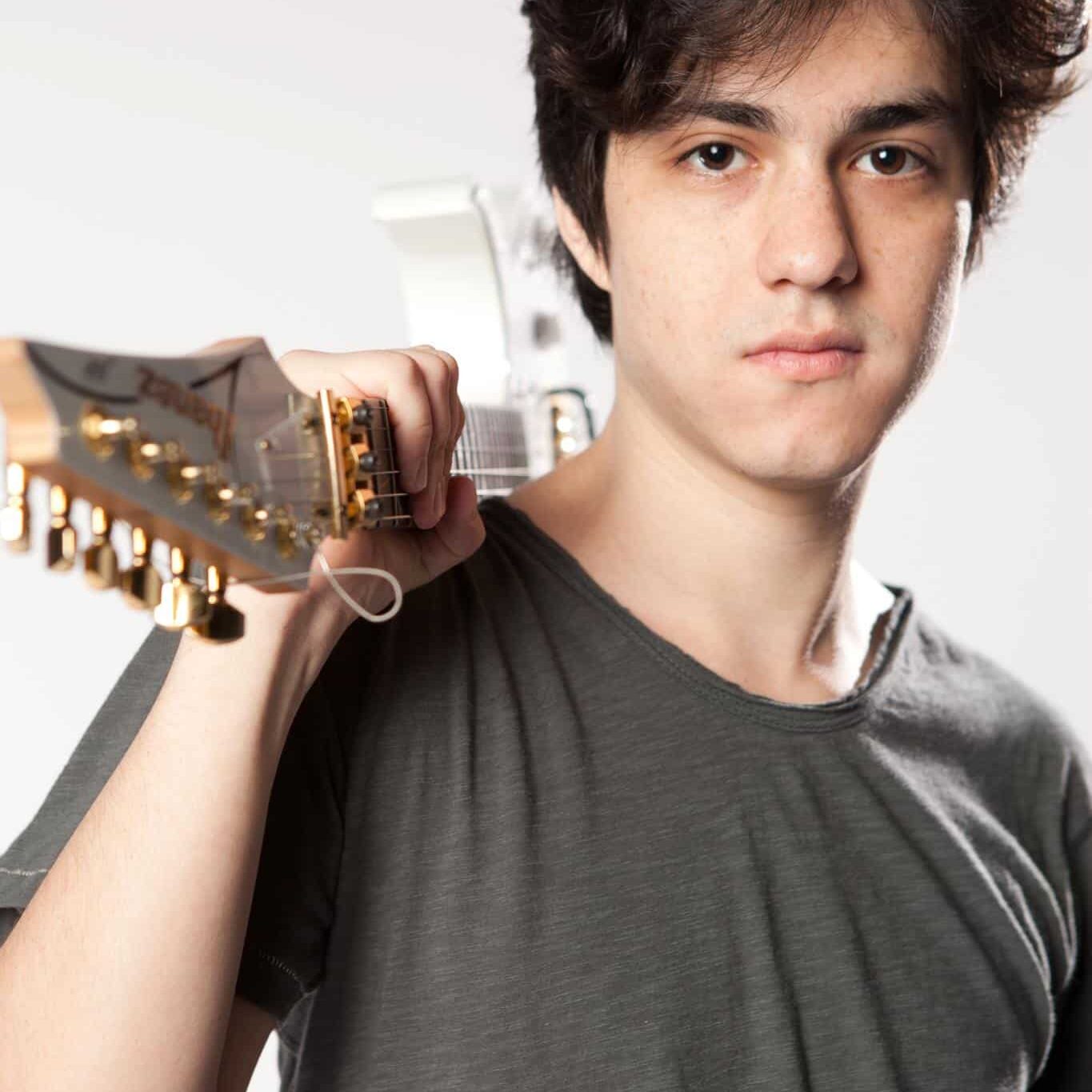Composer Interview
Roberto Garza
With a distinctive style and dedication to his craft, Roberto continues to leave a lasting impression in the world of media composition, always striving to create innovative and memorable soundscapes.

S: What were some of the earliest musical influences that you can remember growing up? What instrument did you grow up playing?
R: Initially when I started learning about music I got really into rock and metal music. Bands like Iron Maiden, Dream Theater and guitar legends such as Steve Vai and Joe Satriani were a big influence on me. I eventually started learning acoustic and electric guitar to mimic their sounds and try to cover songs from those artists.
S: What led you into making music for media?
R: As a guitarist I played in a local band in my home country for a few years but later realized that I enjoyed the process of songwriting and composition more than performing live songs. That, combined with my increasing interest in films and video-games made sense to me so I transitioned into becoming a composer for media.
S: How would you describe your style of writing?
R: I like to think that my style is a combination of traditional orchestral elements and modern elements using live instruments and electronic sounds. I enjoy writing for raw acoustic instruments while also taking advantage of the technology by adding electronic effects and experimenting with sound design.
S: What was your intention behind "Live Is Once Enough" and "Endless Ripple"?
B: In this case I wanted to capture a futuristic/techy sound with a slight sense of tension. Creating a sort of electronic ambience with a cool steady groove that would bring out a mixture of harsh and soft elements.

S: How did you start creating these songs and eventually achieve your vision?
R: I remember starting to plan out a structure to visualize the whole piece and then I decided how each section would change and transition between each other. Then I decided how my sound palette would be and chose instruments including live ones like the electric bass and electronic ones such as synths and electronic percussion. For these two pieces I felt that creating a background bed or ambience was a priority to bring out the main "color" and be able to immerse myself in the overall sound. After that I began adding rhythmic elements and melodies according to the already established harmony. Finally, I added embellishments and experimented with sound design to highlight moments in the music.
S: What were some of the compositional challenges that you faced?
R: Some of my challenges were deciding between harmony and rhythms. I knew what sort of sound I wanted but committing to chords and grooves that felt good and interacted with each other smoothly was difficult. I had to create a bunch of different versions or sequences and try them out in order to get a feel of which could have a better potential of becoming the final version.
S: What was your favorite part of the process?
R: For these two pieces I enjoyed recording my electric bass and performing it and sort of jamming with the music. I also had fun creating harmonic variations before deciding which set of chords I would go for. Finally, mixing and experimenting processing sound towards the last stages of the music was definitely enjoyable as well.
S: Outside of music, where do you find inspiration in your life?
R: I think I find inspiration in cooking and finding recipes for food I like or that I haven't tried cooking before. It's sort of relaxing and in a way reminds me of composing music since you find your raw ingredients and mix them together to create something. It might not always turn out good but it's always fun to try out and practice with.
Links:

